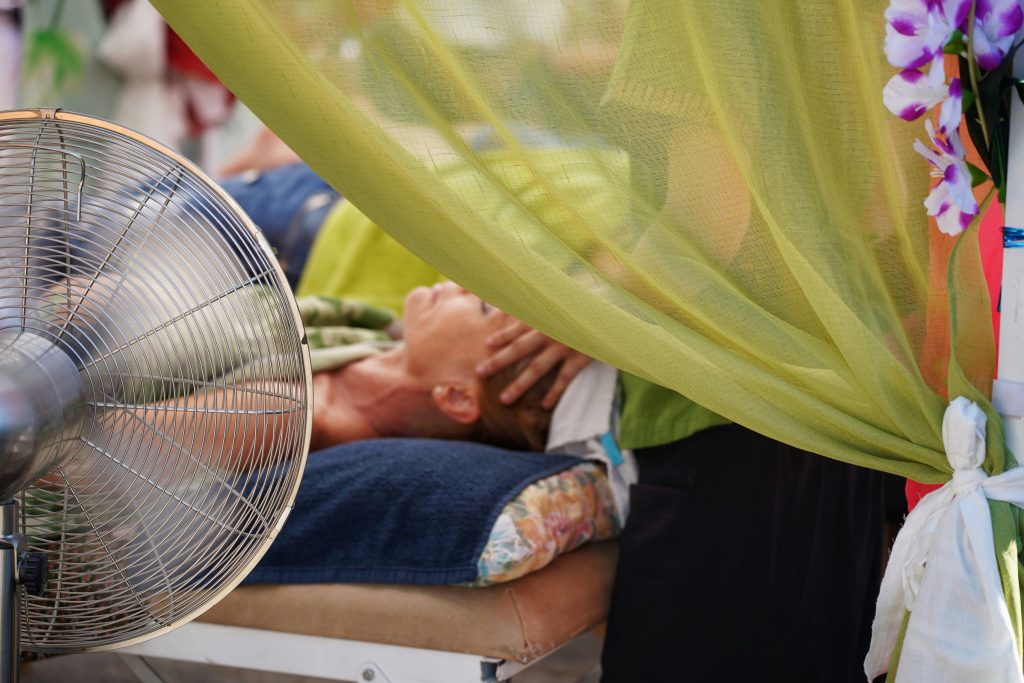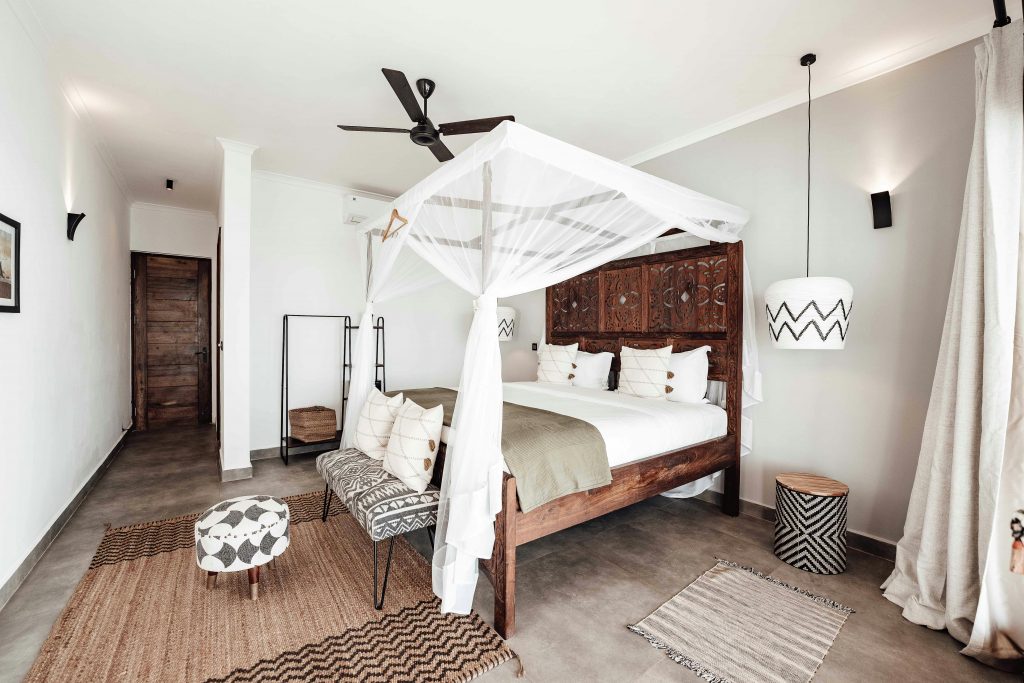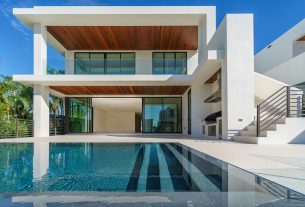

- Install a programmable thermostat to schedule cooling, reduce energy use, and maintain comfort efficiently.
- Upgrade to energy-efficient cooling systems like central air or mini-splits to lower energy costs.
- Seal air leaks and insulate areas like attics and basements to keep cool air in and hot air out.
- Use fans and natural shade from trees or awnings to enhance cooling and improve indoor air circulation.
As we gear up for another scorching summer, homeowners everywhere are bracing themselves for intense heat waves and soaring temperatures. The summer of 2024 is predicted to be one of the hottest on record, making it essential for homeowners to prepare their homes for the heat. This blog will discuss essential tips to help homeowners overcome the intense summer heat and keep their homes cool and comfortable throughout the season.
Install a Programmable Thermostat
One of the most effective ways to combat the intense summer heat is by installing a programmable thermostat in your home. This will allow you to set your desired temperature and schedule cooling cycles throughout the day. By programming your thermostat to adjust the temperature based on when you are home or away, you can save energy and keep your home comfortable without constantly adjusting the settings.
Use Energy-Efficient Cooling Systems

Upgrading to energy-efficient cooling systems such as central air conditioning units or ductless mini-split systems can significantly reduce your energy costs while keeping your home cool during the hot summer months. These systems are designed to operate more efficiently, providing optimal cooling without wasting energy.
Just make sure to employ the help of professional AC replacement service providers for proper installation and maintenance of these systems. They will ensure that your cooling system runs efficiently and effectively, keeping your home cool and comfortable all summer long. They can also help identify any potential issues and provide timely repairs to avoid any disruptions in your cooling systems during the peak summer months.
Seal Air Leaks and Insulate
Proper insulation and sealing air leaks in your home can help keep cool air inside and prevent hot air from seeping in. Here are four areas to focus on when insulating and sealing your home:
Attic
Insulate the attic to prevent heat from rising up into your living spaces. Additionally, seal any openings or cracks in the attic to prevent hot air from entering. You can also consider installing a radiant barrier to reflect heat away from your home.
Doors and Windows
Make sure all doors and windows are properly sealed with weatherstripping or caulk. This will help prevent cool air from escaping and hot air from entering your home.
Ductwork
Inspect the ductwork in your home for any leaks or damage. Sealing these leaks can save you money on your energy bill and improve the efficiency of your cooling system.
Basement and Crawl Space
Properly insulating and sealing the basement or crawl space can also help keep cool air inside and prevent hot air from entering. This will not only help with cooling in the summer but can also save you money on heating in the winter.
These areas are often overlooked but can have a significant impact on the efficiency of your cooling system and the overall comfort of your home. Be sure to regularly check for any air leaks or damage and address them promptly.
Utilize Fans and Ventilation

Ceiling fans, box fans, and exhaust fans can help circulate air throughout your home and create a refreshing breeze during hot days. Using fans in conjunction with your cooling system can help distribute cool air more efficiently while reducing reliance on air conditioning.
Opening windows at night to let in cooler air and closing them during the day can also help maintain a comfortable indoor temperature. Additionally, using exhaust fans in kitchens and bathrooms can help remove hot air and humidity from these areas.
Create Shade Outdoors
Planting trees or installing awnings or pergolas outside your home can provide natural shade that helps reduce heat gain indoors. By creating shade around windows or over outdoor living spaces, you can block direct sunlight from entering your home and lower indoor temperatures naturally. Consider landscaping options that not only enhance curb appeal but also provide functional shade during the hottest parts of the day.
As we anticipate another hot summer, it’s crucial to adopt proactive measures to ensure your home remains cool and energy-efficient. Installing a programmable thermostat, upgrading to energy-efficient cooling systems, sealing air leaks, and utilizing fans effectively are key strategies. Additionally, creating natural shade can significantly reduce indoor temperatures. By implementing these tips, homeowners can enhance comfort and manage energy costs during the intense heat waves expected in the summer of 2024.


